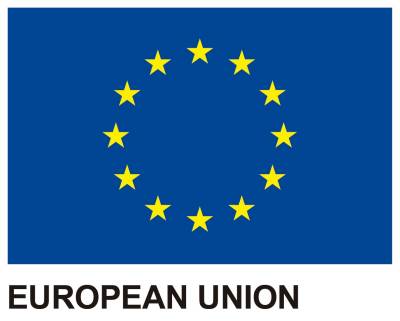Spain is the world's most competitive country in travel and tourism

It heads the ranking of the Travel and Tourism Competitiveness Report published by the World Economic Forum
In 2019 Spain retained its place at the top of the ranking in the biannual study by the World Economic Forum on the competitiveness of the travel and tourism sector. The Travel and Tourism Competitiveness Report (TTCR) classifies 140 countries based on their strengths in the sector compared to their competitors. Spain is top of the list for the third consecutive year, closely followed by France, Germany and Japan, while the United Kingdom surrenders its fifth place to the United States. No other country changes position within the top ten.
The main conclusion of the report is that the competitiveness of the travel and tourism sector is increasing worldwide. Specifically, in the period analyzed, its contribution to world GDP was over 10%, with a similar figure for employment, according to data from the World Travel and Tourism Council. The World Economic Forum also estimates that this contribution will rise by almost 50% in the coming decade thanks to the global expansion of the middle class, particularly in Asia.
Infrastructures and protecting the environment
Christoph Wolff, head of mobility at the Forum, explains: “Thanks to the reduction of the obstacles to circulation and the cost of travel, many countries have significantly increased their competitive position in global tourism”. He adds: “Countries can leverage this opportunity to generate economic and developmental benefits, but they must fill the gaps in terms of infrastructures and protection of the environment to ensure they can continue to enjoy these benefits in the long term”.
The index classifies the countries based on factors such as environment, travel and tourism policies, infrastructures, and natural and cultural resources. It looks at a total of 14 parameters that serve to rate each country's general competitiveness in terms of travel and tourism.
Center for international meetings
Spain's position is thanks to the richness of its natural resources (it is ninth in the classification in this category) and cultural assets (in third place), and what the report describes as its “impressive tourist services infrastructure” (where it is also third). Spain is the second most visited country in the world, and is also notable as a center for international meetings and sporting events.
The 140 economies studied account for 98% of the global GDP in the travel and tourism sector, which saw over 1.4 billion international tourist arrivals in 2018. The most competitive regions are shared between Europe and Eurasia, in six of the top ten places.
Pressure on the main destinations
The report underlines the strengths, while also warning of the threats hovering over the sector. It highlights the fact that one third of international arrivals are concentrated in the top ten countries in the classification, and if we zoom out, two thirds of these arrivals are shared between the top 25% of the list.
However, the report warns that the growth of tourism requires an adequate response by the receiving countries. The tourist boom and its concentration in a few countries can lead to severe pressure on the top destinations which may suffer negative effects even though their infrastructures and tourist services may be efficient today.
The Travel and Tourism Competitiveness Report mentions several examples of the pressure already exerted by “over-tourism” in some countries: “Last May the employees of the Musée du Louvre in Paris refused to turn up for work complaining that the crowds were dangerous and impossible to manage. Venice has announced plans to reroute cruise liners away from the city's central islands response to citizens' anger. In Spain, local inhabitants have reacted violently when they perceive that large numbers tourists are interfering with their lifestyle”.




